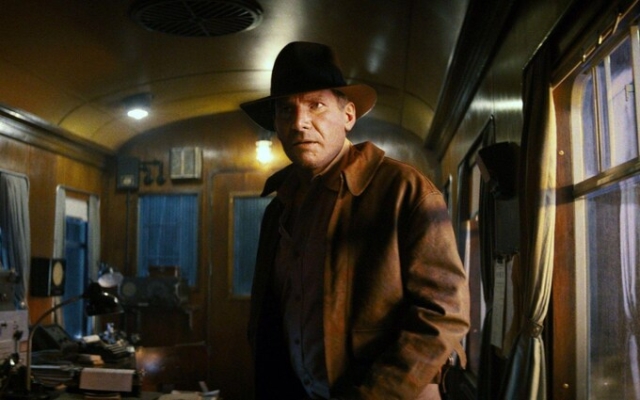 Harrison Ford in Indiana Jones and the Dial of Doom Photo: Everett Collection Inc/Alamy Stock Photo tattered hat Stumbling on his manly chops, with his native guides huddled nervously behind him and a priceless golden idol stuffed in his bag, the archaeologist emerges from the vine-covered temple… And stops at a 300-page field report.
Harrison Ford in Indiana Jones and the Dial of Doom Photo: Everett Collection Inc/Alamy Stock Photo tattered hat Stumbling on his manly chops, with his native guides huddled nervously behind him and a priceless golden idol stuffed in his bag, the archaeologist emerges from the vine-covered temple… And stops at a 300-page field report.
He may have faced the scourging wrath of God, but in truth, Indiana Jones, who returns for the fifth time in Indiana Jones and the Dial of Doom this week, would not have had the guts to do some real archaeology. It's hard to imagine a historian using a human femur as a flashlight who has the many hours of cleaning, cataloging and analysis required for any serious excavation. And with all these adventures around the world, his publications must also be quite patchy. As one archaeologist put it, many in the trade consider Indy more of a «professional marauder.»
But while Steven Spielberg's hero's broad-shouldered silhouette seems large, he's far from the only archaeologist on screen. From the geeky, sleazy amateurishness of the Detectorists to the jocular, thrilling thrills of Lara Croft and Nathan Drake, there's an unlikely fascination for those who spend their lives digging through the dirt in search of history.
However, the impact of Indiana Jones on the field and his public perception cannot be overestimated. John Rhys-Davies, who reprises his role as the Egyptian archaeologist Sallah in the new film, once said he «must have met at least 150 or 160 professors, lecturers, practicing archaeologists who came up to me to say their first interest to archaeology. started when they saw Raiders of the Lost Ark.»
In fact, George Lucas, who wrote the screenplays for the films, was equally inspired by the stories of the 1930s and by real explorers such as Hiram Bingham, who discovered Machu Picchu, Roy Chapman Andrews, and Sir Leonard Woolley. Fiction meets reality in their outlandish exploits, a connection that the National Geographic Museum of America explored in its 2015 exhibit Indiana Jones and the Archaeological Adventure.
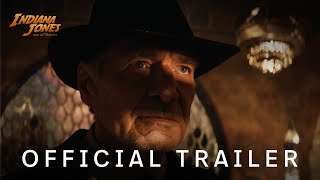
Dan Hicks, curator at Oxford's Pitt Rivers Museum of Archeology and Anthropology, however, is not convinced. “In her early incarnations, [Indiana Jones] repeated the worst clichés of archeology. The image of a lone male with a whip in his hand, as a rule, without a top, is useless when communicating with the public. And the representation of women in films over the years has been shocking.
«I don't know anyone who would decide to become an archaeologist after watching Indiana Jones — maybe an anti-fascist!»
Thomas Higham, professor of archeology at Oxford University, is more optimistic about the influence of Harrison Ford's character. “We have a love/hate relationship with the show. We watch movies and think, «No decent archaeologist would do that.» I don't think you've ever seen him with a trowel in his hand, for example. And I had already given up hope by the time he got to the aliens in the fourth movie.
«But we've been quoting this all our lives — 'snakes, why does it have to be snakes?' — and memes about how he beats the Nazis are always valuable.
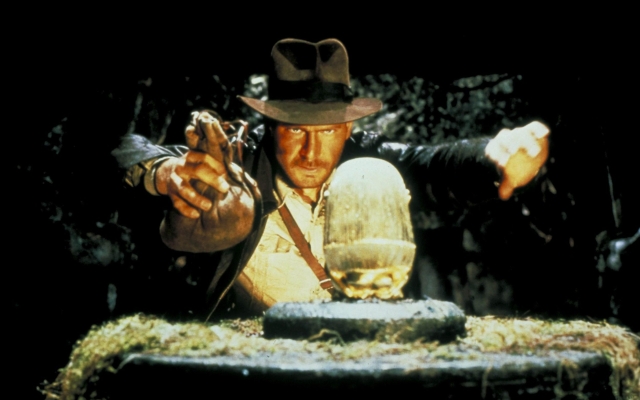 «Always a Good Price» scene from «Indiana Jones and the Raiders of the Lost Ark.» Credit & Copyright: Allstar Picture Library Limited./Alamy Stock Photo
«Always a Good Price» scene from «Indiana Jones and the Raiders of the Lost Ark.» Credit & Copyright: Allstar Picture Library Limited./Alamy Stock Photo
Higam notes that the UCL Institute of Archaeology has a therapy dog named Indiana Jones. But he believes this easy approach hides just how misleading these blockbusters can be. «Most big films are inspired by this pseudo-archaeology, and underneath the entertainment are the same old, more obnoxious narratives.»
Hicks, on the other hand, points out that archeology has always had grand appeal. Its early practitioners were half following historical discoveries and half selling those discoveries to their patrons in England.
“It has always been a very visual and performative discipline,” he explains. “He showed up hand in hand with the camera. The film has shaped archaeologists' view of the past.»
Indeed, the development of archeology in the 1700s coincided with the birth of the values of the Enlightenment and the British Empire. Wealthy collectors such as Sir John Soane and the soldier Augustus Pitt Rivers, who founded the Oxford Museum, collected «cabinets of rarities» — the wunderkammer — as evidence of their knowledge and evidence of their travels. Like the mandalas and shabby kafkanas carried by tourists in more recent times, it is not customary to return from a Grand Tour without one or two ancient artifacts.
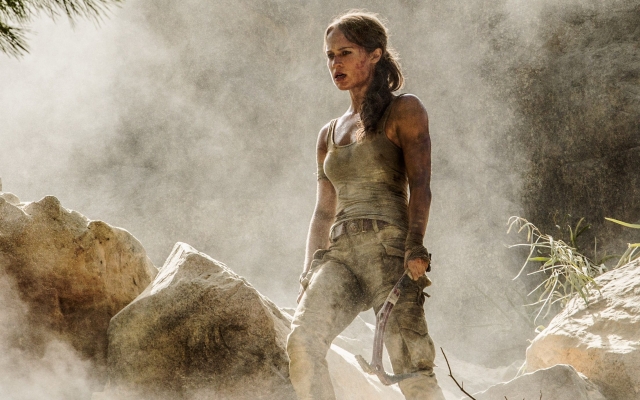 Fake News: Alicia Vikander as Lara Croft in Tomb Raider. Photo: Ilse Kitshoff
Fake News: Alicia Vikander as Lara Croft in Tomb Raider. Photo: Ilse Kitshoff
In the 19th century, this random approach became more formalized. Governments and museums have sponsored large-scale expeditions to the Middle East and beyond, during which historians have gone out of their way to “discover” iconic finds that confirm the ancient myths and biblical tales they learned in kindergarten. The excavations of Heinrich Schliemann in the city of Troy in Turkey or the spectacle of Howard Carter's discovery of Tutankhamun's tomb excited viewers at home and ignited imperial myth-making.
Higam calls this the «fake news» of archeology. “These stories are based on racist, nationalist explanations of the past. There is a long history of Western colonial archaeologists seeking to impose ideas different from those held by indigenous peoples.”
But while archeology itself has long taken this nasty story into account, it has yet to properly filter it out in its fictional descriptions.
One movie that both archaeologists think offers hope is Netflix's 2021 surprise hit The Dig. Set amid the deepening shadows of World War II, this was a ghostly, elegiac dramatization of the excavation of the Anglo-Saxon burial ground of Sutton Hoo, one of the most important discoveries ever made on British soil.
“I think it's really well done,” says Hicks. “It was a wonderful, landmark excavation.” Higham was also impressed. “It looked very realistic. I think they did a great job excavating.»

And as he points out, the film's chilling atmosphere was spot on, too. Archaeological excavations often evoke the feeling of a ghost. The notion, as the poet Kathleen Jamie put it, that «the past can pour out of the earth and become the present.»
Higham says: “As an archaeologist, you have to go back in time and imagine how things were. People try to stay away from subjectivity and emotional experiences, [but Sutton Hoo] is a very memorable and beautiful place – you can’t help but catch up.”
The excavations smell like an era when archeology began to rock its hammer-wielding and fanatical origins and turn into a more sober, adult science.
Hicks considers this a turning point for the discipline. “It came out of its founding late-Victorian moment,” he says. “To some extent it was a colonial fashion. These archaeologists took the same view of the English landscape as they did of ancient Egypt. They were interested in creating the concept of ancient England and the Anglo-Saxons, to give the country a past.»
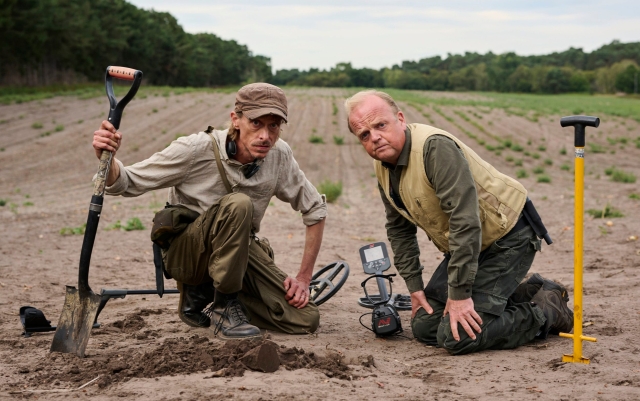 Ordinary archeology: Mackenzie Crook and Toby Jones in The Detectives By: Kevin Baker
Ordinary archeology: Mackenzie Crook and Toby Jones in The Detectives By: Kevin Baker
But what about the future of archaeologists on the silver screen? The new Indiana Jones is unlikely to deviate from the OTT excesses of its previous iterations — realism, as seen in early footage, is not on the cards. However, Higham hopes that the success of films like The Excavation and Steve Coogan's The Lost King, about the discovery of the remains of Richard III in a car park in Leicester, may also inspire more down-to-earth and realistic portrayals.
Hicks agrees and cites the success of The Detectorists, which has already sparked a boom in metal prospecting with more than 1,300 hoards found in the UK in 2019, the biggest haul since records began.
“It spoke of the routine, the routine of archeology. At the heart of our discipline is the idea that things are preserved — and human lives are preserved in these things. This is a celebration of the fact that this is a democratic sphere, and not an elitist occupation. That you can find treasures all around us and we must take care of them because we care about the places where we live and love.”
Indiana Jones and the Dial of Fate are in theaters









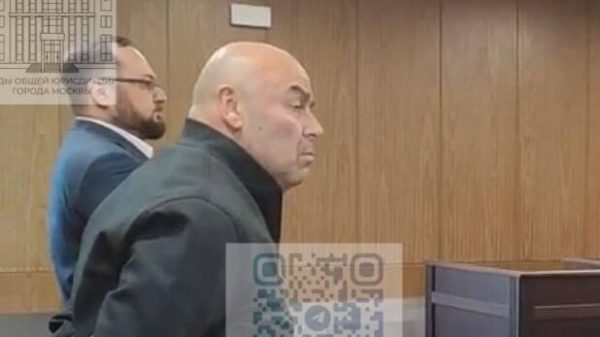





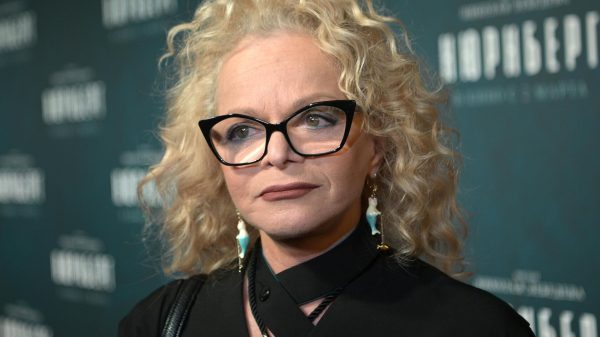





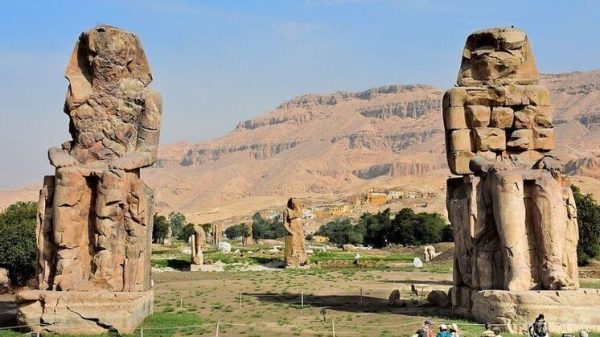
































Свежие комментарии